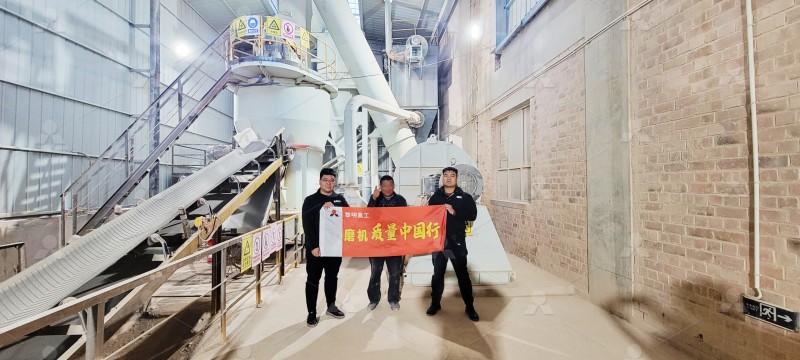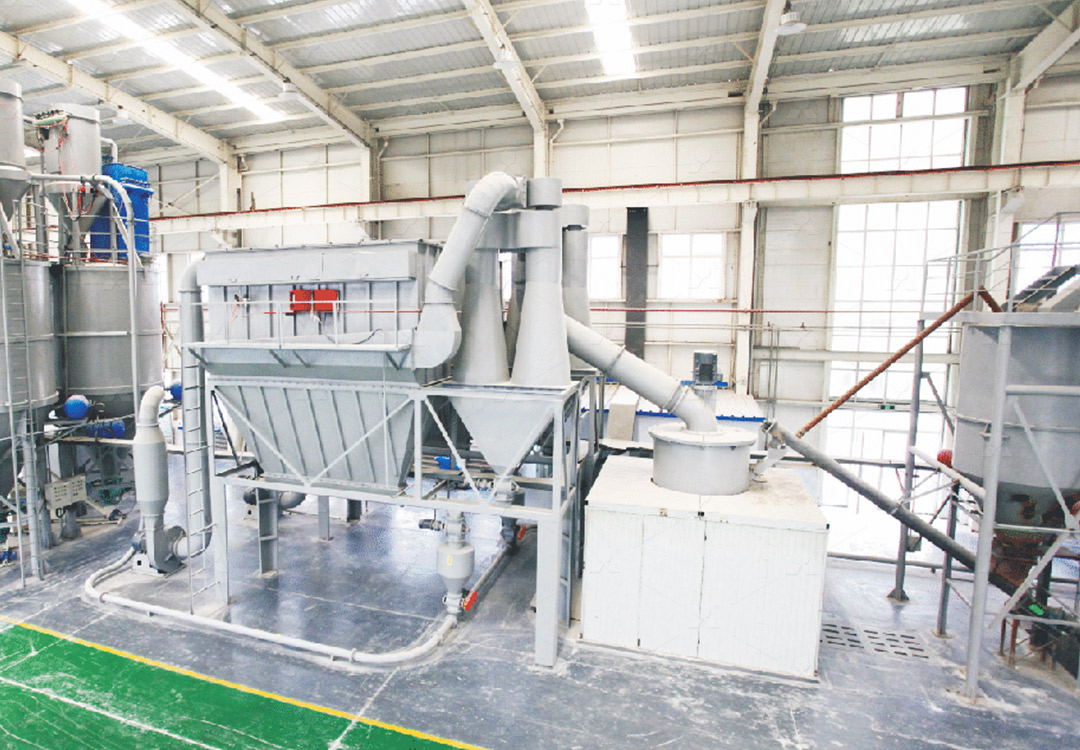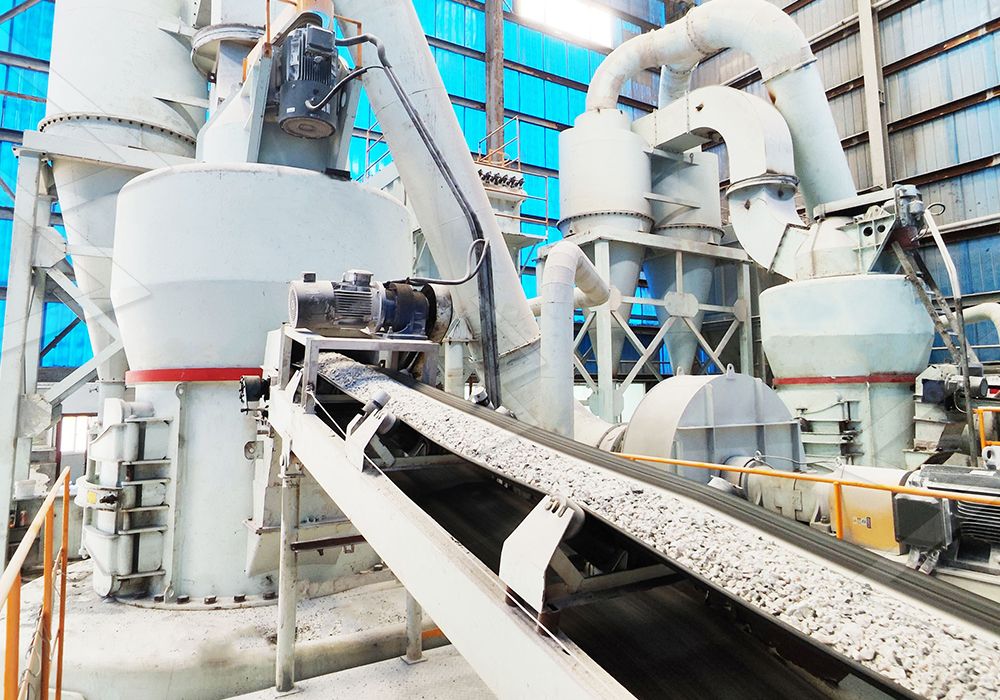Fluorite Universal Grinding Mill: Key Features and Applications
Fluorite Universal Grinding Mill: Key Features and Applications
In the realm of industrial mineral processing, fluorite stands as a challenging material that demands precision grinding equipment capable of handling its unique properties. With varying hardness levels and strict requirements for final product purity, processors need machinery that combines robust construction with advanced technological features to achieve optimal results.

The Challenge of Fluorite Processing
Fluorite, also known as fluorspar, presents distinct processing challenges that require specialized equipment. Its variable hardness (4 on the Mohs scale) and the need for precise particle size distribution in final applications demand grinding mills that offer both power and precision. Traditional grinding methods often fall short in maintaining consistent quality while controlling operational costs.
Modern fluorite processing operations require equipment that can handle feed sizes up to 20mm while producing powders ranging from coarse granules to ultra-fine particles measuring just microns across. The equipment must maintain strict control over contamination while operating efficiently across various production capacities.
Advanced Grinding Solutions
For operations requiring ultra-fine powder production, the MW Ultrafine Grinding Mill represents a significant technological advancement. This machine is specifically engineered for customers who need to produce ultra-fine powder with precision and efficiency. With an input size capability of 0-20 mm and capacity ranging from 0.5 to 25 tph, this equipment adapts to various production requirements.
The MW series incorporates several proprietary technologies that address common grinding challenges. Its newly designed grinding curves for the roller and ring assembly enhance grinding efficiency substantially. Independent testing confirms that with identical fineness and power consumption, the production capacity exceeds that of jet grinding mills and stirred grinding mills by 40%, while doubling the output of traditional ball grinding mills.

Precision Particle Control
One of the most critical aspects of fluorite processing is achieving consistent particle size distribution. The MW Ultrafine Grinding Mill addresses this through its advanced cage-type powder selector, which incorporates German technology to enhance separation precision. The system allows operators to adjust fineness between 325-2500 meshes, with the capability to achieve d97≤5μm in a single pass.
This level of control is particularly valuable for fluorite applications in the chemical industry, where specific particle size distributions directly impact product performance in subsequent manufacturing processes.
Operational Reliability and Environmental Considerations
The mechanical design of modern grinding mills prioritizes both reliability and environmental compliance. The elimination of rolling bearings and screws within the grinding chamber of the MW mill removes common failure points that plague traditional equipment. This design choice eliminates concerns about bearing damage or seal failures, while preventing machine damage from loose fasteners.
Environmental considerations are addressed through integrated pulse dust collection systems that ensure no dust pollution occurs during operation. Combined with silencers and noise elimination rooms, these systems reduce operational impact while maintaining full compliance with national environmental protection standards.

Applications Beyond Fluorite
While optimized for fluorite processing, these advanced grinding systems demonstrate remarkable versatility across multiple materials and industries. The technology proves equally effective for processing limestone, calcite, dolomite, petroleum coal, gypsum, barite, marble, talc, and various coal powders. Beyond mineral processing, applications extend to chemical manufacturing, paints, cosmetics, pharmaceuticals, and food additives where precise particle size control is critical.
For operations requiring vertical grinding solutions, the LUM Ultrafine Vertical Grinding Mill offers complementary capabilities with its input size of 0-10 mm and capacity range of 5-18 tph. This equipment integrates ultrafine powder grinding, grading, and transporting in a single system, representing another excellent choice for ultrafine powder grinding applications.
Frequently Asked Questions
What makes fluorite particularly challenging to grind compared to other minerals?
Fluorite presents unique challenges due to its variable hardness and the strict purity requirements for many applications. It requires precise control over particle size distribution while preventing contamination from grinding media wear.
How does the MW Ultrafine Grinding Mill achieve higher efficiency compared to traditional mills?
The MW mill incorporates newly designed grinding curves for rollers and rings, advanced powder selection technology, and optimized mechanical designs that eliminate common failure points. These innovations collectively improve efficiency while reducing energy consumption by up to 30% compared to jet mills.
Can the same equipment process materials other than fluorite?
Absolutely. The technology is versatile enough to handle various non-metallic minerals including limestone, calcite, dolomite, gypsum, barite, marble, talc, and coal powders. The adjustable parameters allow quick adaptation to different materials.
What maintenance advantages do modern grinding mills offer?
Contemporary designs like the MW series eliminate rolling bearings and screws in the grinding chamber, removing common maintenance points. External lubrication systems enable maintenance without shutdown, while reversible structures in some models facilitate easier access to wearing components.
How do these systems address environmental concerns?
Integrated pulse dust collectors prevent particulate emissions, while silencers and noise reduction technologies minimize acoustic impact. The systems operate under negative pressure to prevent dust escape and comply with stringent environmental standards.
